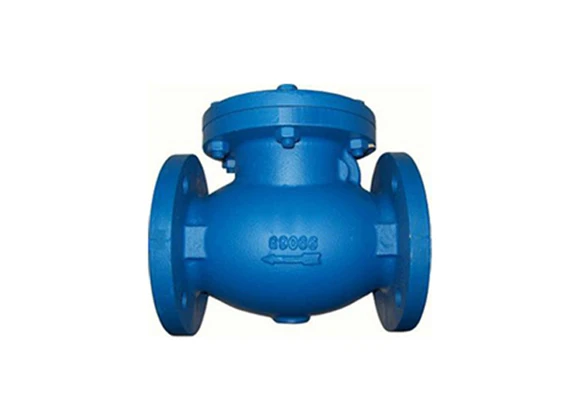Feb . 12, 2025 12:28
When discussing lug butterfly valve dimensions, understanding the nuances of these components is critical for ensuring optimal performance in various industrial applications. As an integral part of fluid handling systems, lug butterfly valves are designed to control the flow of liquids, semi-solids, and gases. A comprehensive exploration of their dimensions enables professionals to make informed decisions, enhancing the functionality and reliability of their systems.

A butterfly valve's design is characterized by a rotating disc, which acts as the closing mechanism within the valve body. The key benefit of a lug butterfly valve is its versatility in isolating or regulating fluid flow, making it suitable for a plethora of applications ranging from water treatment facilities to chemical processing plants. In crafting a system built on efficiency and durability, having precise knowledge of the valve's dimensions directly influences the system’s efficacy and lifecycle.
Lug butterfly valves are particularly favored for their ease of installation and maintenance, as well as their ability to function under high-pressure conditions. Their design incorporates a series of lugs surrounding the valve, offering enhanced support and stability, which is particularly beneficial in dead-end service or in systems requiring frequent disassembly.

Analyzing the dimensions of the lug butterfly valve is vital to ensuring compatibility with existing pipework. Typically, the valve dimensions include the outer diameter, face-to-face dimensions, and bolt circle measurements, among others. These measurements are crucial as they determine the valve's ability to fit seamlessly into the piping system without necessitating additional modifications.
The nominal size of the valve correlates directly with its ability to handle the flow rate, pressure, and temperature conditions of the medium. For example, a valve with a nominal diameter of 6 inches will accommodate a larger volume of flow compared to a 3-inch valve. Industrial applications often demand custom dimensions to meet specific flow requirements or to integrate with existing systems, hence the importance of a manufacturer’s ability to produce bespoke solutions alongside standard offerings.
It is important for industry professionals to consider the material composition of the lug butterfly valve's components in relation to its dimensions. Materials such as cast iron, stainless steel, and PVC are commonly used, each offering differing levels of resistance to pressure, temperature extremes, and corrosive substances. For instance, stainless steel valves are often employed in environments where process control necessitates high sanitary standards and resistance to corrosive media.
lug butterfly valve dimensions
Expertise in the field of fluid dynamics plays an authoritative role in selecting and evaluating valve dimensions. It is vital to ensure that the valve’s disk and seat dimensions are designed to minimize pressure drop while maintaining sealing integrity. Proper alignment of the disk with the piping also reduces wear and tear, prolonging the operational lifespan of the valve.
The expertise surrounding the correct sizing and selection of a lug butterfly valve also involves a careful assessment of the system's pressure class rating. Valves must withstand the maximal operational pressures to prevent system failures. This involves understanding the pressure-temperature relationship as dictated by the valve's material and construction.
With the implementation of standardization practices such as those outlined by the American National Standards Institute (ANSI) and the International Organization for Standardization (ISO), the dimensions of lug butterfly valves can be reliably compared and assessed on a global scale. Trustworthiness in sourcing these valves stems from choosing reputable manufacturers who adhere to these standards, ensuring product reliability and safety.
Staying abreast of advancements in valve technology is essential, as innovations continually refine the dimensional specifications and materials available. The market’s evolution might introduce composite materials or advanced sealing technologies that enhance valve performance without altering basic dimensional frameworks.
Ultimately, a strategic approach to understanding lug butterfly valve dimensions extends beyond mere numbers. It involves an interplay between precise technical knowledge and a thorough understanding of the system's operational requirements and environmental conditions. The decisions made at the intersection of these factors cultivate confidence in the system's performance and longevity, establishing a robust foundation for any industrial fluid handling operation.


 Call us on:
+86-311-86935302
+86-311-86935302
Call us on:
+86-311-86935302
+86-311-86935302
 Email Us:
info@thriveonvalve.com
Email Us:
info@thriveonvalve.com South of Huanmadian Village Town, Ningjin County, Xingtai, Hebei Province, China
South of Huanmadian Village Town, Ningjin County, Xingtai, Hebei Province, China